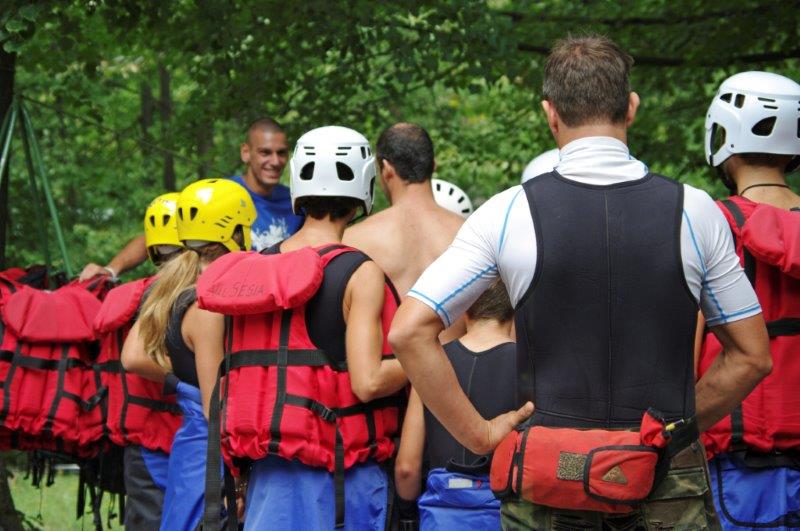The guest house and other remains of a Benedictine priory: much of the fine 12th to 14th century monastic church survives as the parish church.
The Benedictine priory of St Mary the Virgin and St Blaise was founded in about 1117 by Robert de la Haye, Lord of Halnaker. It was a cell of the abbey at Lessay in Normandy in France and, when founded, had a community of only three monks.




